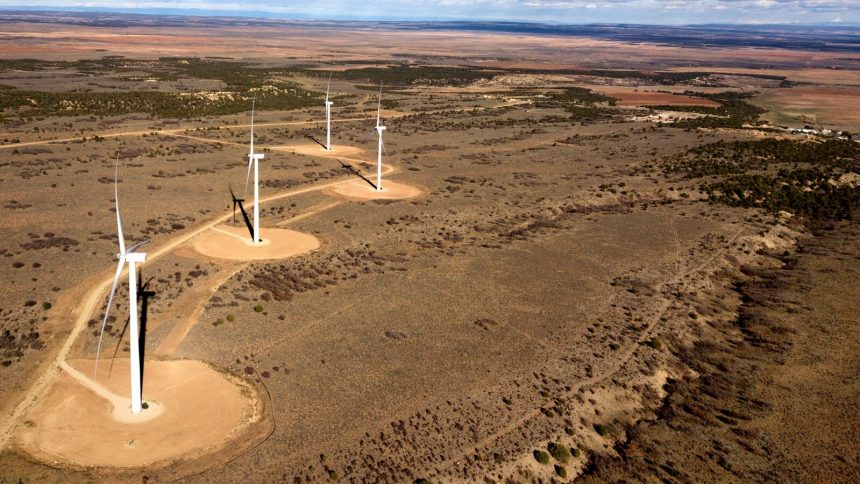In Michigan this spring, the Match-E-Be-Nash-She-Wish Band of Potawatomi, or Gun Lake Tribe, secured $4 million from the Bureau of Indian Affairs Tribal Climate Resilience program. The initiative aims to help tribes prepare for climate change. The funds will be utilized to purchase a fleet of electric vehicles, manage a gray water system, and install a solar array that will significantly reduce the tribe’s electricity bills. More self-sufficiency will be achieved through this venture. Beneath the two-acre solar array, gardens of native flowers will aid in the tribe’s prairie restoration efforts.
Virginia Vanderband, a tribal council member, emphasized the importance of innovation in reducing carbon footprint. While the tribe has investments in various sectors, their focus remains on generating enough energy for their infrastructure. However, a recent economic study from the University of Wisconsin-Madison sheds light on the barriers hindering tribes from entering the green energy market, including federal red tape.
Historically, Indigenous tribes have faced challenges in accessing their lands for development due to past treaties and policies. Even though tribal lands hold great potential for solar and wind projects, many tribes lack access, with nearly 250 out of the 574 federally recognized tribes not having reservations. Despite some progress in renewable energy projects on reservations, the study found that the majority of utility-sized projects are not tribally owned.
Poverty rates in tribal communities remain high, highlighting the economic benefits green energy projects could provide. However, barriers such as complex permission processes and federal regulations restrict development on tribal lands. The study also points out the disparity in development rates compared to neighboring non-tribal areas.
While the push for green energy is gaining momentum, maintaining tribal sovereignty is crucial. Vanderband emphasized that honoring their culture and preserving their way of life must come first. The responsibility to the land and sustainability are paramount in the tribe’s approach to green energy initiatives.






